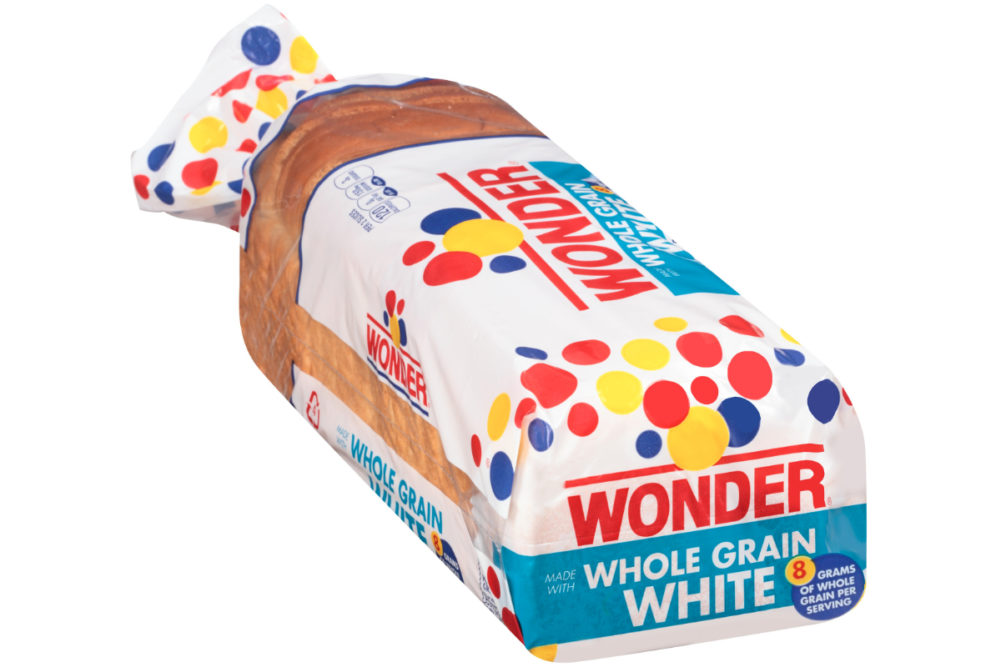WASHINGTON — Flowers Foods, Inc., in collaboration with The Center for Science in the Public Interest, is changing the label on its Wonder White Made with Whole Grain bread to provide additional information quantifying the product’s whole grain content.
On the front of the package for Wonder White Made with Whole Grain, the word “White” will now be more prominent than the words “Whole Grain.” In addition, the labeling will continue to state that the bread offers 8 grams of whole grains per serving, but will now also call out that 34% of the grains per serving are whole grains.
Meanwhile, on the back of the package the bread will include a note that Wonder 100% Whole Grain bread is a 100% whole grain alternative with 26 grams of whole grains per serving.
“The labeling changes that Wonder Bread has agreed to make on Wonder White Made with Whole Grain will help consumers understand the exact whole grain content of the bread,” said Lisa Mankofsky, litigation director at the CSPI. “CSPI finds this change is a significant step forward and allows the consumer to use this information to inform their eating choices as they build a diet that meets USDA’s 50% whole grain recommendation. We hope that other manufacturers of whole grain products will similarly make their labels more informative for consumers.”
The recently published 2020-2025 Dietary Guidelines for Americans recommend Americans consume half of their grains from whole grain sources and the remainder from enriched grains. The Dietary Guidelines recognize whole grains are “one of the three food groups that are fundamental constituents of a healthy dietary pattern.”
The Dietary Guidelines also maintain the existing recommendation for the average healthy American adult to consume six 1-oz servings of grain foods daily, with half of those servings coming from whole grains, and for the first time, the Dietary Guidelines include recommendations for birth to 2 years.
In order for consumers to make informed decisions about the grains they consume, the CSPI said it believes consumers should know the percentage of whole grain content in the grain foods they consume. Simply stating a product is made with whole grains is not enough for consumers to follow recommendations, the CSPI said.






